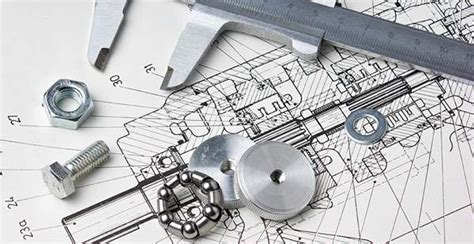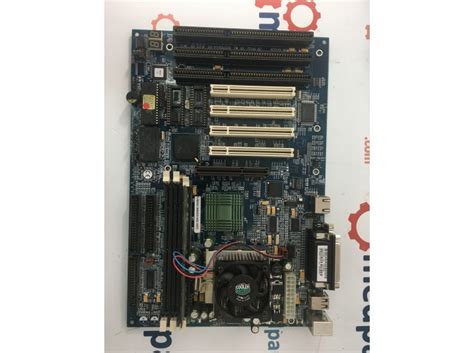Author: Printedcircuitboardmanufacturers
-

Preventing Top DFM Errors in Your PCB Design
•
Understanding PCB DFM and Its Importance PCB DFM (Design for Manufacturability) is a crucial aspect of the printed circuit board design process that ensures the manufacturability and reliability of the final product. By considering DFM guidelines and best practices during the design phase, engineers can minimize potential issues, reduce manufacturing…
-

What Is Copper Clad Laminate CCL
•
Introduction to Copper Clad Laminate Copper Clad Laminate (CCL) is a fundamental material used in the fabrication of printed circuit boards (PCBs). It consists of a thin layer of copper foil bonded to a dielectric substrate, typically made of glass-reinforced epoxy resin or other composite materials. CCL serves as the…
-

All You Need to Know About FR 4 PCB
•
What is FR4 PCB? FR4 PCB, also known as Flame Retardant 4 Printed Circuit Board, is a type of printed circuit board made from a composite material composed of woven fiberglass cloth with an epoxy resin binder. The “FR” stands for Flame Retardant, and the “4” indicates the grade of…
-

What Is LED PCB
•
Introduction to LED PCBs An LED PCB (Light Emitting Diode Printed Circuit Board) is a specialized type of printed circuit board designed specifically for powering and controlling LEDs. LED PCBs are used in a wide range of applications, from simple status indicators to complex lighting systems and displays. The key…
-

Occam Process: Assembly without Solder
•
Introduction to Solderless Assembly In the world of electronics manufacturing, soldering has been the traditional method for assembling components onto printed circuit boards (PCBs). However, soldering can be a time-consuming and labor-intensive process that requires skilled technicians and specialized equipment. As technology advances and the demand for faster, more efficient…
-

Build Your Own PCBs With Clear Instructions From Accurate Bom Statistics Data
•
Introduction to PCB-BOM Printed Circuit Boards (PCBs) are essential components in modern electronics. They provide a platform for mounting and connecting various electronic components, enabling the creation of complex circuits. When designing and manufacturing PCBs, one crucial aspect is the Bill of Materials (BOM). The BOM is a comprehensive list…
-

DFA Guidelines for an Efficient PCB Design
•
Introduction to PCB-DFA Design for Assembly (DFA) is a crucial aspect of Printed Circuit Board (PCB) design that focuses on optimizing the assembly process to improve efficiency, reduce costs, and minimize errors. By following DFA guidelines, designers can create PCBs that are easier to manufacture, assemble, and test, ultimately leading…
-

What is PCB stencil
•
The Role of PCB Stencils in SMT Assembly PCB stencils play a crucial role in the SMT assembly process, which involves placing surface mount devices (SMDs) onto the pads of a PCB and securing them in place with solder. The key steps in the SMT assembly process where PCB stencils…
-

What Is The Difference Between FR 4 Material And Rogers Material
•
Understanding the Basics of FR4 and Rogers PCB Materials When it comes to printed circuit board (PCB) design and manufacturing, choosing the right substrate material is crucial. Two of the most commonly used PCB materials are FR4 and Rogers. While both serve as a foundation for mounting electronic components and…
-

An Introduction to Multilayer PCBs
•
What are Multilayer PCBs? Multilayer PCBs are printed circuit boards that consist of three or more conductive copper layers laminated together with insulating material between each layer. These layers are interconnected using plated through-holes (vias) to create a complex circuit. Multilayer PCBs offer several advantages over single or double-layer boards,…